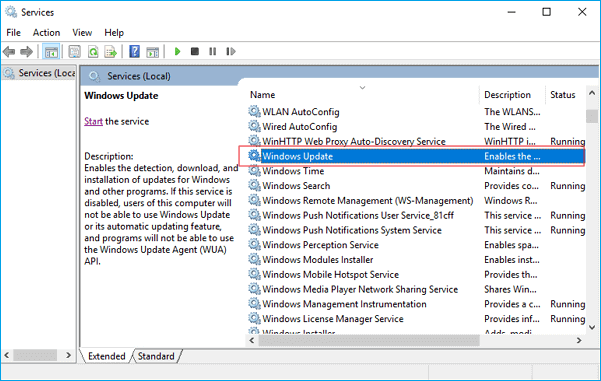


This is a change Microsoft instituted since 2015 with Windows 10. If you "Seek" for updates (hit check for updates), Windows will check and install any and all available updates. There has *got* to be a better way.Windows Server licenses are expensive.RMMs are expensive.and this is what we get for those costs? :/ Now, there seems to be *zero* visibility into what will actually get installed when you click the "check for updates" button! Some will say "use WSUS," but remeber, that is what my RMM is (supposedly) for, and it was during this troubleshooting project of my RMM's handling (or not) of Windows Updates, that I discovered these preview updates getting rammed down my (our) throat(s), without warning. On Windows Server 2012 R2 and older, you'd check for Windows Updates, it would then show you what it found, and then you selected what you wanted to install. My question is: why is that? What Changed? And is there any way to stop this? That is followed by me manually loggining onto the same computers and manually clicking on the Windows Updates' "check for updates" button (which usually finds things), and then documenting all of those results as evidence.Īnyways, today while doing that (specifically while clicking on the Windows Updates' "check for updates" button), I noticed the first two Windows 2019 Servers that I did that on *both* installed "preview" type updates, without asking first! Adam (AJ Tek), while your post makes me feel a tad better, semantics aside, "preview" updates getting installed, without warning or choice, by manually checking for Windows Updates, is a brand new "feature" of Windows Updates. That troubleshooting involves running a scan for Windows Update in the RMM product for multiple computers, then looking in the RMM to see if it found anything to install (usually not). I am currently troubleshooting in my RMM product is actually doing its job of installing Windows Updates across all my clients.


 0 kommentar(er)
0 kommentar(er)
